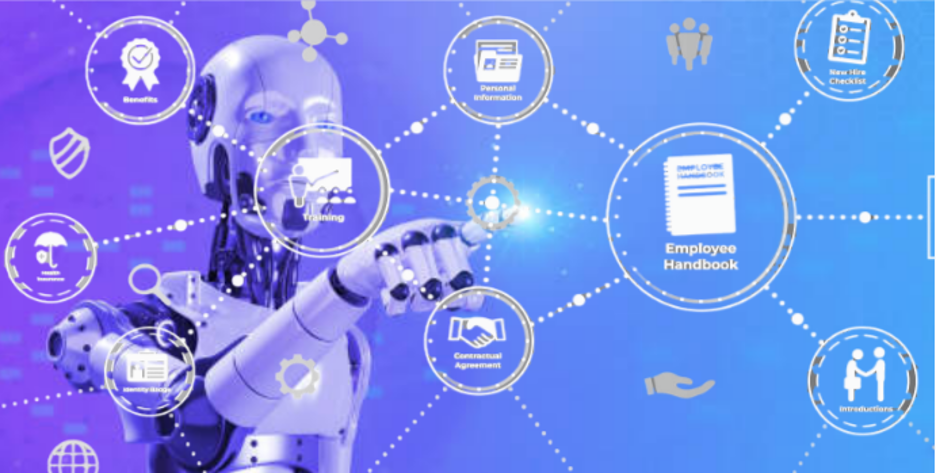“AI won’t replace your people. But the teams who learn to work with it will replace those who don’t.”
Modern Onboarding strategies now begin the moment a candidate clicks apply. But for many businesses, what follows is still slow, fragmented, and painfully manual. Moving a new hire from applicant to productive team member can take dozens of repetitive steps, draining time, driving up costs, and eroding candidate experience.
Enter AI.
It’s already reshaping talent acquisition in ways many companies don’t even realize. Resume parsers, automated outreach, and scheduling assistants like Calendly are examples of AI recruiting tools transforming the process. And while AI can feel intimidating, often framed as a threat in headlines, the truth is clear: it isn’t going away. The question for Talent Acquisition leaders isn’t if they’ll use it, but how well.
The Hidden Cost of Manual Onboarding
Onboarding has long been a patchwork of checklists, emails, and time-consuming follow-ups. Research shows poor onboarding causes nearly 16% of new hires to leave within six months, draining resources and morale.
With rising costs and falling engagement, your recruitment strategy can’t afford to keep onboarding stuck in the past. AI offers a way forward, not by replacing the human element, but by clearing the clutter so people can focus on connection.
How AI Is Already Working in Onboarding
Forward-thinking teams are putting AI to work in four big ways:
- Summarize and sync. AI can generate synopses of resumes, role requirements, and checklists, helping recruiters and hiring managers align quickly.
- Automate tasks. From data entry into ATS/CRM systems to compliance reminders, AI reduces repetitive admin that slows teams down.
- Curate learning paths. Personalized onboarding plans tailored to role, skills, and goals keep new hires engaged past the 90-day mark.
- Predict risks. Predictive analytics can flag early disengagement signals, giving managers a chance to intervene before attrition hits.
For example, at People Science, recruiters using Hiregate save more than 10 hours a week through AI-driven resume parsing, candidate synopsis, salary analyses, and performance reporting, time they can now spend with people, not paperwork.
When Too Much Automation Backfires
AI is powerful, but it’s not perfect. Leaning on it too heavily can introduce bias, miss context, and erode trust. Candidates notice when a process feels impersonal. Treating people like data points leads to disengagement — and a damaged employer brand.
The companies getting it right are using AI to handle scheduling, document collection, and compliance while freeing humans to do what they do best: build relationships. That balance builds trust, speeds ramp-up time, and keeps employees engaged longer.
Smarter Onboarding, Stronger ROI
The ROI is already measurable:
- Reduced administrative burden. According to McKinsey, GenAI automation combined with upskilling could add 0.5% to 3.4% in annual productivity equal to 30%–45% of current costs.
- Faster ramp-up times. A survey from inFreedo.ai found 53% of HR professionals reported faster onboarding with AI, saving more than $18,000 per year.
- Improved retention. Companies that integrate AI into onboarding see employees 30% more likely to stay past their first year.
When leaders reinvest those savings into training and upskilling, they’re not just optimizing onboarding — they’re building a culture of growth and adaptability.
The Takeaway for Leaders
AI isn’t about replacing people or taking the human out of HR. Modern onboarding won’t be defined by more tools; it will be measured by how smartly you use them. By automating the repetitive, we free leaders to focus on coaching, connecting, and creating culture.
Businesses that resist AI risk falling behind. Those that embrace it as a strategic partner won’t just keep pace, they’ll set it.
